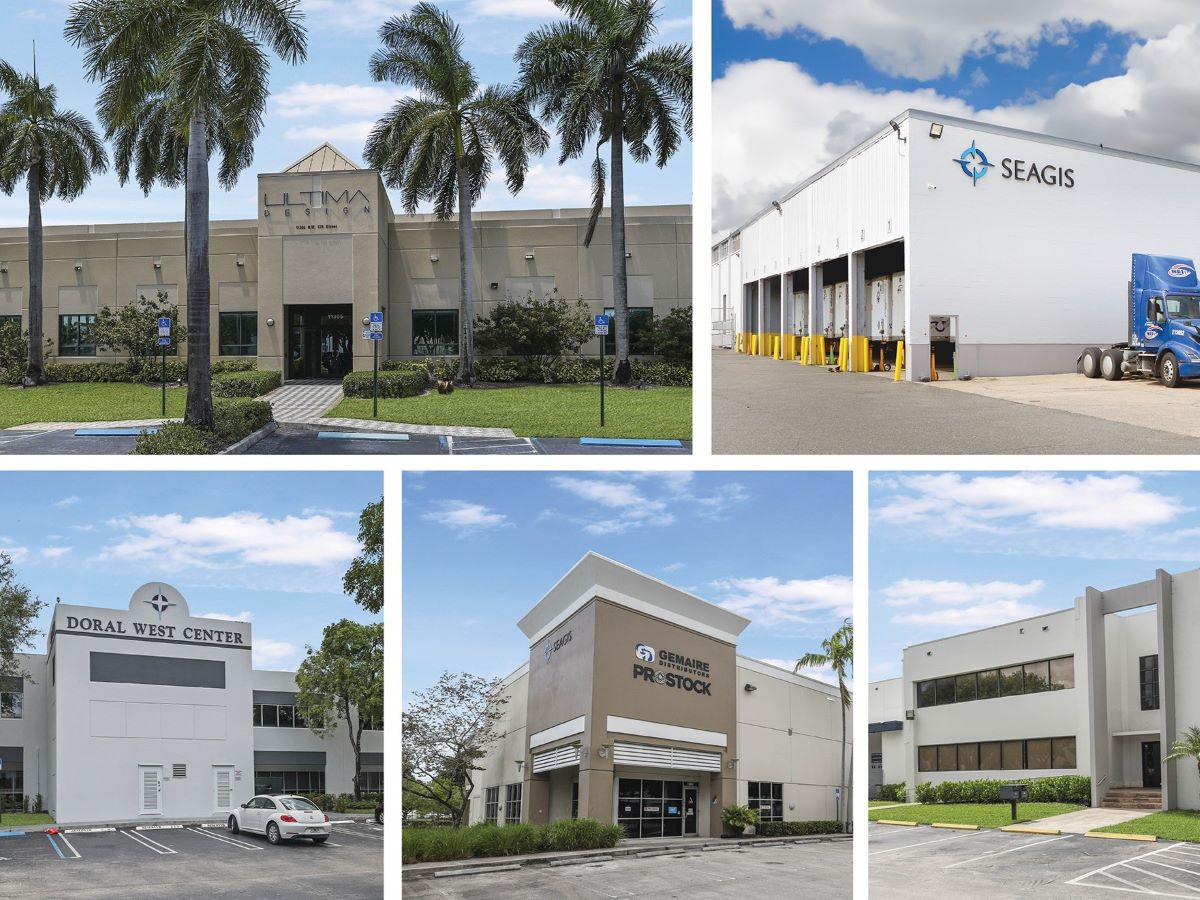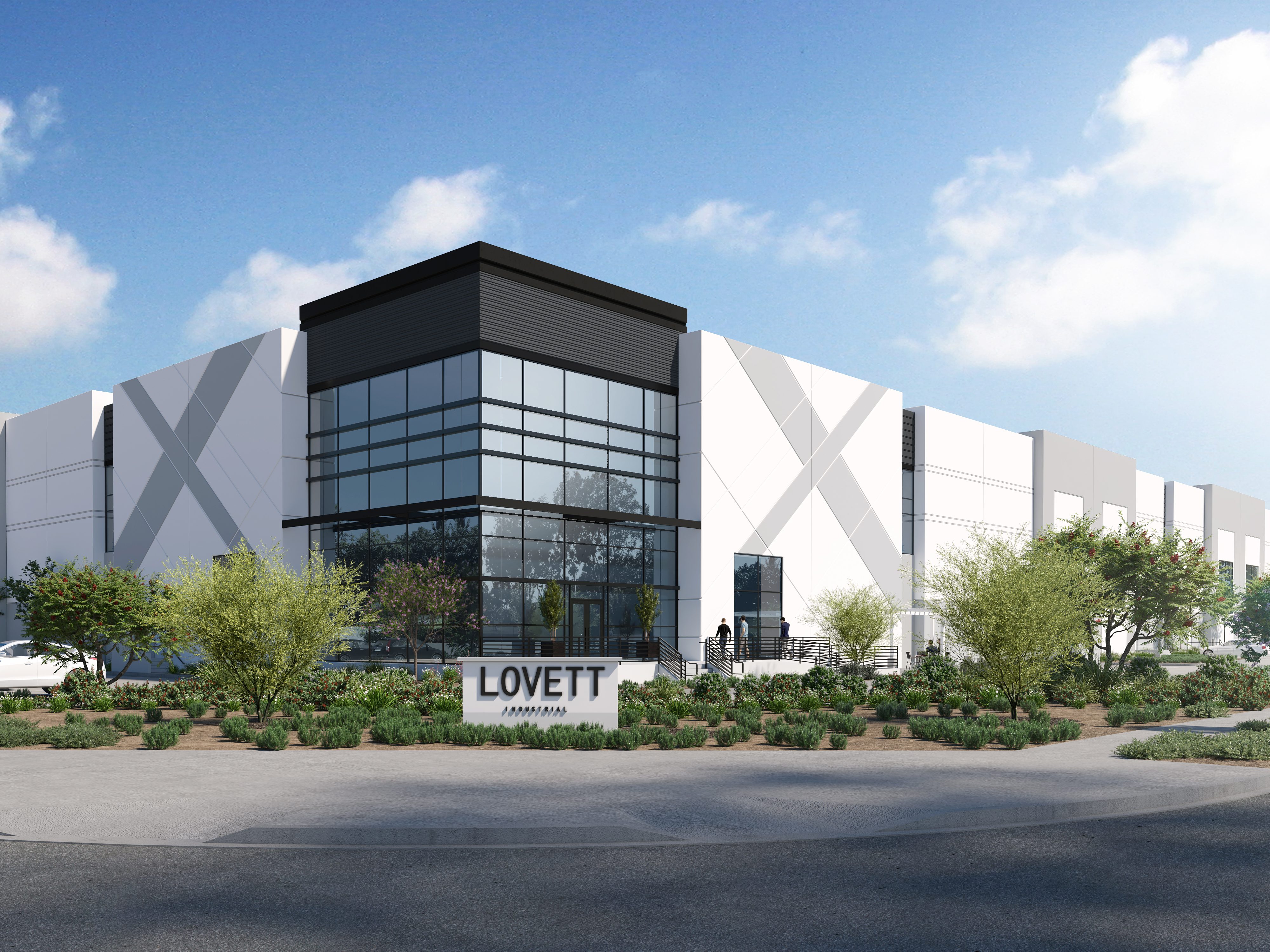NetLease Q&A: CB Richard Ellis’ Sandquist Says Quality Deals, Sale-Leaseback Best Bets Now
In business parlance, doom usually comes paired with gloom, and the current state of the real estate market – even commercial sectors whose fundamentals aren’t that bad – inspires people to haul out that set of words. But not everyone sees things that way, least of all in the net lease business.Andrew Sandquist, senior vice…
In business parlance, doom usually comes paired with gloom, and the current state of the real estate market – even commercial sectors whose fundamentals aren’t that bad – inspires people to haul out that set of words. But not everyone sees things that way, least of all in the net lease business.Andrew Sandquist, senior vice president in the Oak Brook, Ill., office of CB Richard Ellis Inc., and a net lease investment specialist with the company’s investment properties group, points out that the pace of net lease investment sales may be slower than it once was, but that deals are getting done despite problems with the debt markets and the wider economy. In fact, problems with debt are spurring some pockets of activity in the business – particularly sale-leaseback transactions. Recently CPN NetLease Newsletter spoke with Sandquist about the state of the net lease market. CPN: Are you an optimist about the net lease market? Sandquist: I do know that the net lease world is not all doom-and-gloom, as some reports on the market might suggest. The market has definitely slowed from the pace of 2002- to mid-2007, but volume is consistent with the rest of the investment market, if you evaluate the stats from, say, Real Capital Analytics. In terms of what’s selling, we’ve had recent successes in retail, industrial and office. There’s clearly been a flight to quality. Before a year ago, location didn’t matter, and the quality of the real estate didn’t matter – the important things were the length of the lease, and where the 10-year Treasuries were. That kind of thinking is long gone. CPN: What kinds of deals are happening now? Sandquist: We’re still getting a lot of secondary and tertiary market transactions done, albeit at higher cap rates. If the yield is attractive enough, and the seller’s expectations are realistic, those deals are happening. During the declining cap-rate environment before mid-2007, a lot of the market was driven by flips. Now, unless the deal is very favorable to the buyer, it isn’t going to inspire a flip. There aren’t going to be many flips at all in this rising cap rate environment. About 75 percent of our business is sale-leaseback. I’m sometimes asked, how’s your business, and I say phenomenal. For the first six months of this year, we were even with the first half of last year. A large part of that is sale-leaseback deals. CPN: Why is that? Sanquist: There’s always a need for capital. Banks have tightened up, and so the sale-leaseback option is more attractive than ever. We closed a retail deal in the first quarter at a 6.3 percent cap rate, and closed an industrial deal a few weeks back in the Inland Empire at a 6.7 percent cap rate. Debt financing is without question difficult in today’s market, but there is no shortage of equity and this equity is still chasing good deals.






